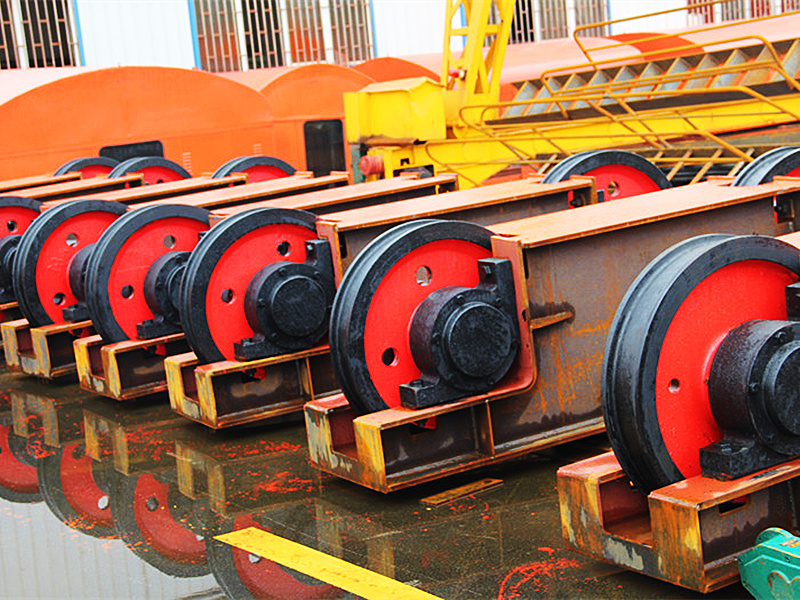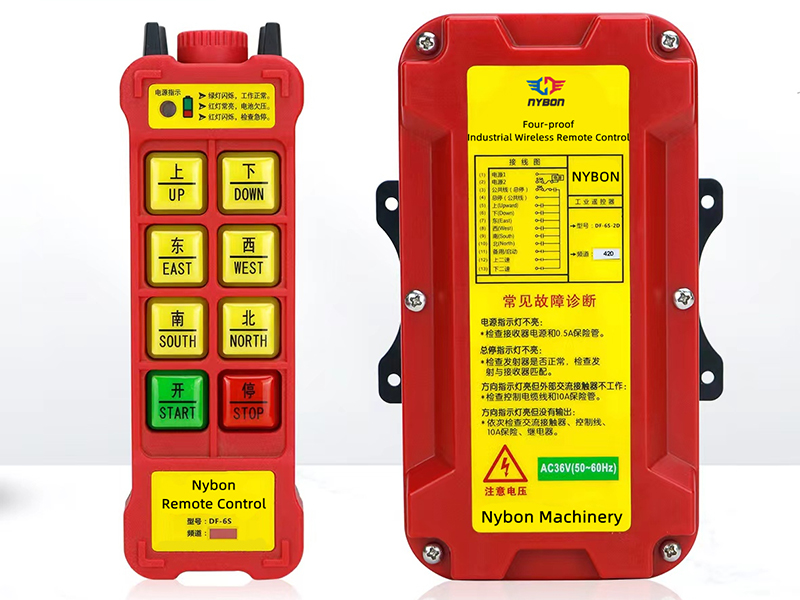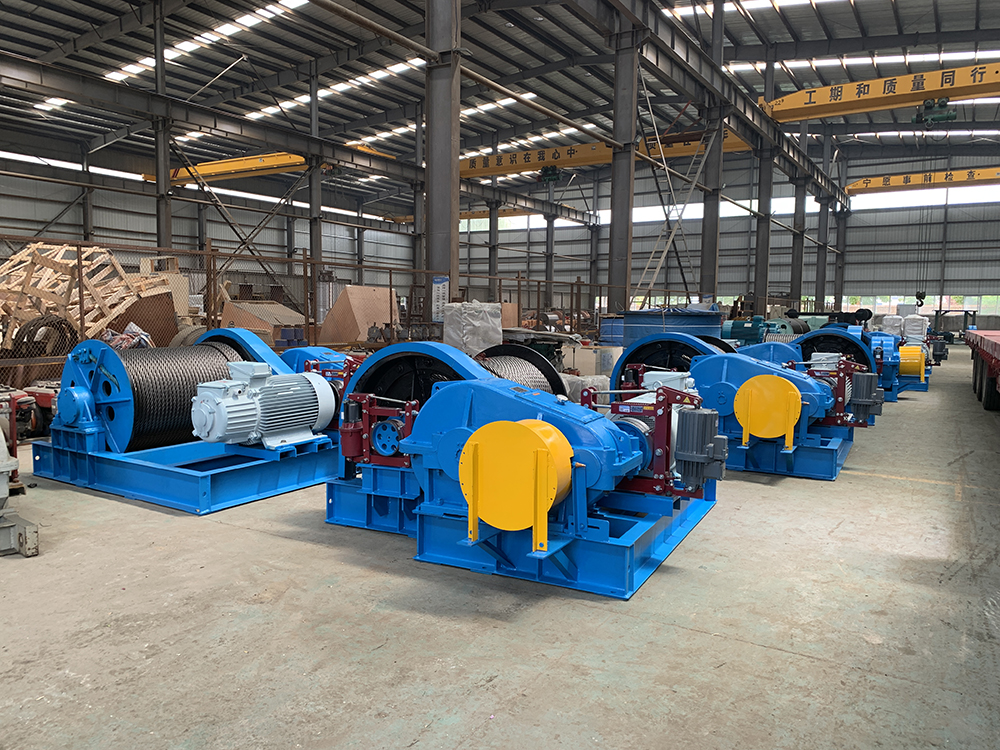Heavy Duty Overhead Crane
Heavy-duty bridge cranes are a common type of bridge cranes, which are usually used in warehouses, docks, factories and other places to move heavy objects and perform work tasks such as installation and maintenance. The following are some features and components of heavy bridge cranes:
Heavy-duty crane structure: The bridge frame structure of heavy-duty bridge cranes is relatively large, usually made of high-strength steel to withstand greater weight and stress.
Large-capacity hooks: Heavy-duty overhead traveling cranes typically use large hooks to carry and move heavy loads. The hook usually has the characteristics of large capacity and high strength to ensure safety and reliability.
Braking system: Heavy-duty bridge cranes usually use multiple braking systems to ensure safety and reliability. The braking system usually includes hydraulic, mechanical, pneumatic and other methods to ensure fast and reliable braking.
Control system: The control system of a heavy bridge crane is usually complex, including multiple sensors, actuators, and controllers. The control system is usually able to monitor the status of the crane in real time and make adjustments and troubleshooting according to the situation.
Maintenance: Heavy bridge cranes require regular maintenance to ensure the safety and reliability of the equipment. Maintenance usually includes cleaning, lubrication, adjustment, replacement of parts, etc.
Heavy-duty bridge cranes usually have a large load-carrying capacity and high work efficiency, and are suitable for carrying heavy objects and performing tasks such as installation and maintenance.
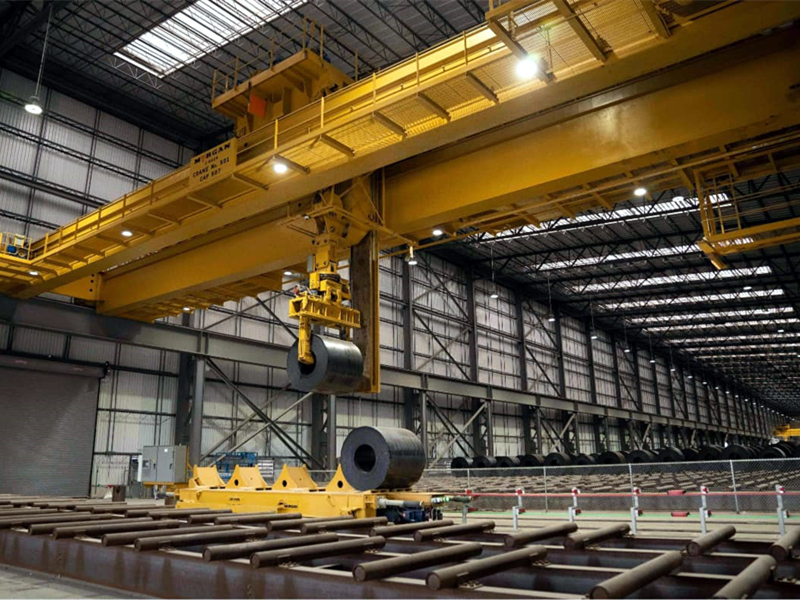
double beam bridge crane steel mill crane
Metallurgical crane is a kind of crane specially used for handling, hoisting and stacking in the steel production process. Metallurgical cranes are usually used in metallurgical production processes such as steel plants, stainless steel plants, and aluminum plants to carry high-temperature materials, heavy materials, and perform hoisting and stacking work.
Features and components of metallurgical cranes include:
High-temperature environment: Metallurgical cranes usually need to work in a high-temperature environment to adapt to the handling and hoisting of high-temperature materials. Cranes are usually constructed of heat-resistant materials to withstand the effects of high-temperature environments.
Heavy-duty structure: Metallurgical cranes usually have a heavy-duty structure to meet the needs of handling and lifting heavy materials. Components such as bridges, jibs and hooks of cranes are usually made of high-strength steel to improve load-carrying capacity and reliability.
Control system: The control system of metallurgical cranes is usually complex, including multiple sensors, actuators and controllers. The control system is usually able to monitor the status of the crane in real time and make adjustments and troubleshooting according to the situation.
Maintenance: Metallurgical cranes need regular maintenance to ensure the safety and reliability of the equipment. Maintenance usually includes cleaning, lubrication, adjustment, replacement of parts, etc.
Metallurgical cranes usually have a large carrying capacity and high work efficiency, and can carry out handling, hoisting and stacking work under high temperature, high pressure and harsh working environments.
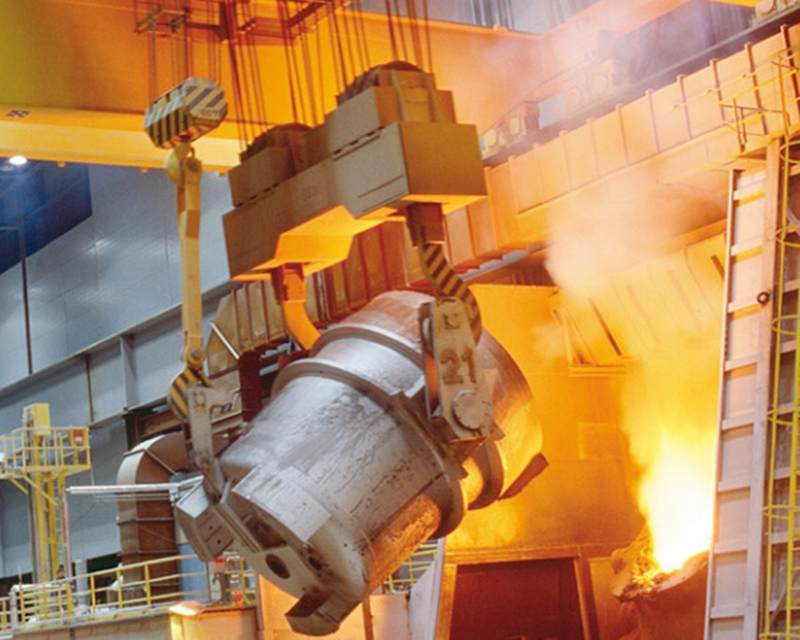
YZ Double Girder Overhead Crane
Grab crane is a type of crane that is usually used for material handling and hoisting in docks, ports, warehouses and other places. The main feature of the grab crane is to use the grab bucket for material grabbing and handling, so it is also called a grab crane.

grab bucket overhead crane price
Scenarios for grab cranes include:
Docks and ports: Grab cranes are commonly used in docks and ports for work such as material handling and lifting. They can be used to handle various materials such as steel, containers, wood, etc., and are an important part of dock and port equipment.
Warehouse and logistics center: Grab cranes can be used in warehouses and logistics centers for material handling and hoisting. They can be used to move various materials, such as finished goods, raw material goods, etc., which improves the work efficiency of warehouses and logistics centers.
Industrial production: Grab cranes can be used for material handling and hoisting in industrial production processes. For example, in industrial production processes such as steel plants and power plants, grab cranes can be used to carry high-temperature materials, heavy materials, and perform hoisting and stacking work.
Other applications: Grab cranes can also be used in other applications such as earthmoving, construction and demolition work, etc.
The grab crane has the characteristics of high working efficiency, strong carrying capacity, safety and reliability, and is suitable for various working scenarios such as material handling and hoisting.
If you need grab bucket cranes or crane grab bucket,welcome to contact us.
Types of industrial Cranes From Nybon Crane Group
We supply many different types of cranes to meet your lifting and pulling requirements: single beam overhead cranes,double beam overhead cranes, single beam gantry cranes,double beam gantry cranes,mini gantry cranes, jib cranes-cantilever crane,monorail workshop cranes,garbage handling cranes,grab bucket cranes,magnetic cranes,marine cranes.etc Each type of industrial crane can be custom designed and built according to your actual needs.
Get A Quote Today
Welcome to send a free inquiry to —info@nybonmachinery.com

